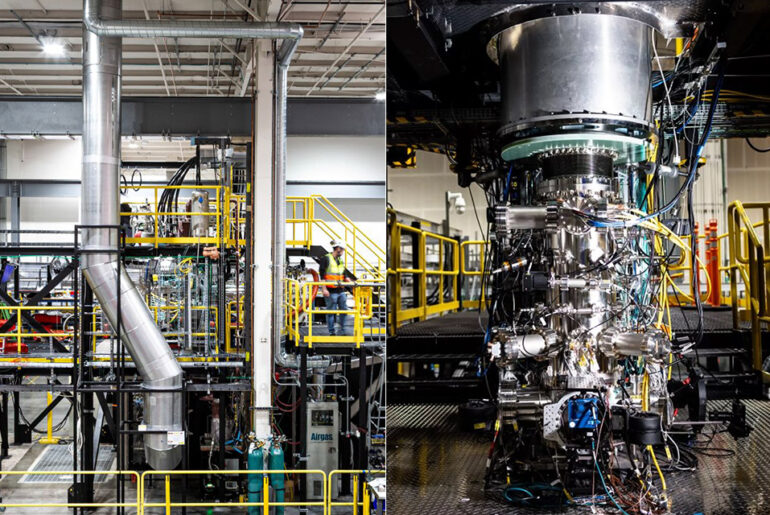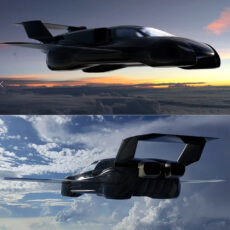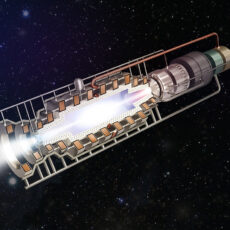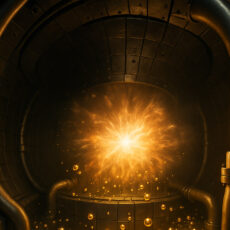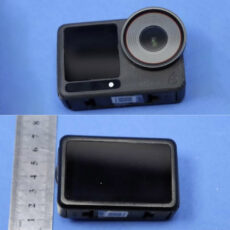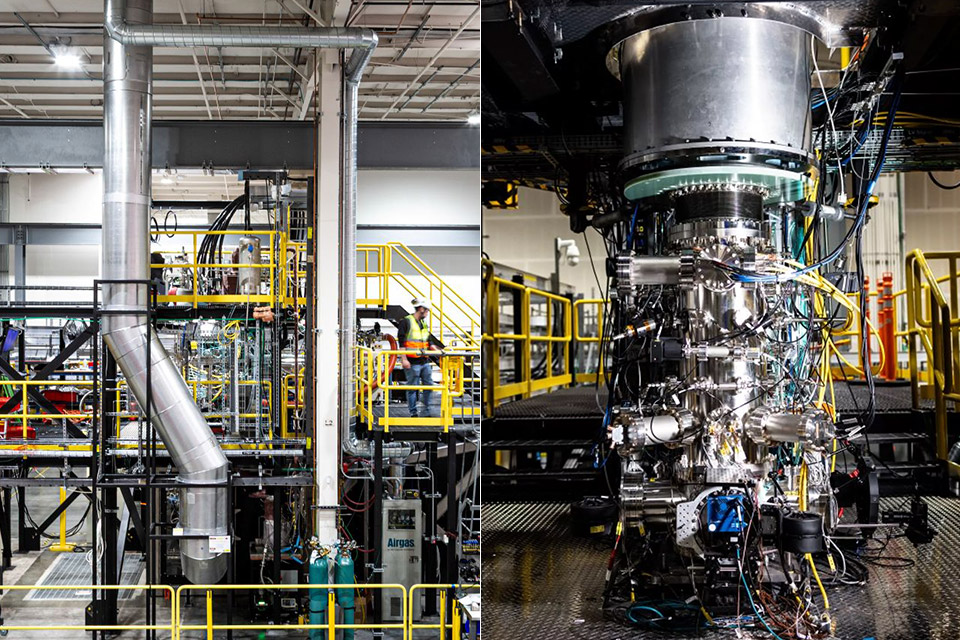
ZAP Energy’s latest tests with their Century device have moved the goalposts in fusion research. Engineers at the University of Washington spin-off fired electrical pulses through plasma columns for hours on end. This run delivered over 1,000 blasts in a single session, each one packing the punch of a massive electrical surge.
They fed 44 megawatts of input electricity into the machine, producing 1.5 million amperes of peak current. Those doses every 5 seconds amounted to 12 per minute—a cadence that kept the plasma contained and functioning. The chamber walls are lined with liquid bismuth, which absorbs heat and electrical stress, while the electrodes at either end take hits. Diagnostics recorded everything, from current flow to plasma activity, and gave the information back in real time to adjust the next dose.
- Your Go-To Power Solution: Features a 10,000mAh capacity, 45W max fast charging, pass-through technology, a smart display, and 24/7 battery protection...
- Sleek and Portable: Designed for life on the go, this power bank measures 3.21 × 1.99 × 1.42" and weighs only 8.2 oz. It's 16% smaller than standard...
- Two-Way Fast Charging: Enjoy simultaneous charging and recharging with a 45W max single-port USB-C output for devices and a 30W max input for quick...
Sheared-flow stabilization is essential because a plasma injector produces layers of gas that travel at various rates, with the exterior edges flowing faster than the core. This velocity differential provides a consistent push, preventing the wobbles that destroyed similar installations in the 1950s. Early Z-pinch machines, such as Britain’s ZETA, demonstrated promise before instabilities ripped the plasma apart, cooling it too quickly for fusion to occur. Uri Shumlak, ZAP’s lead scientist, revised the original notion in the 1990s, demonstrating that shear could hold things together long enough to elicit a reaction.
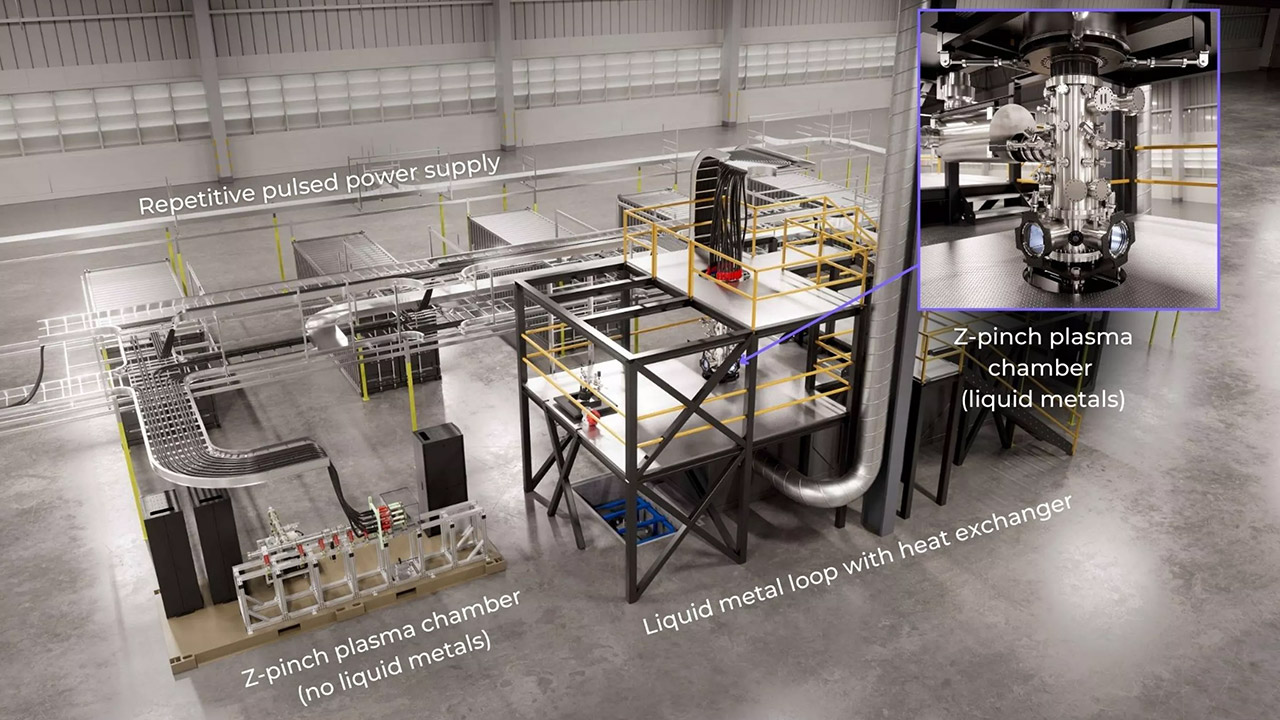
The chamber contains hydrogen gas rather than a combination of deuterium and tritium, as in other laboratories. There are no neutrons coming out of this apparatus; we are mapping the physics, not generating net energy. However, the conditions are optimal for fusion: the current’s self-pinching magnetic fields handle all compression and heat. There are no large superconducting magnets or laser banks in the way; Century is sleek and mean, with a small footprint that can be expanded for future power plants.
The data demonstrate the importance of power delivery, with an average power of 57 kilowatts total and 39 kilowatts to the chamber cables (increased from previous year). During the long test, the amperage reached 500 kiloamperes each pulse, stressing all of the components. In terms of heat resistance, the bismuth covering outperformed other materials. The electrodes made it through undamaged and are ready for the next shot.
[Source]

